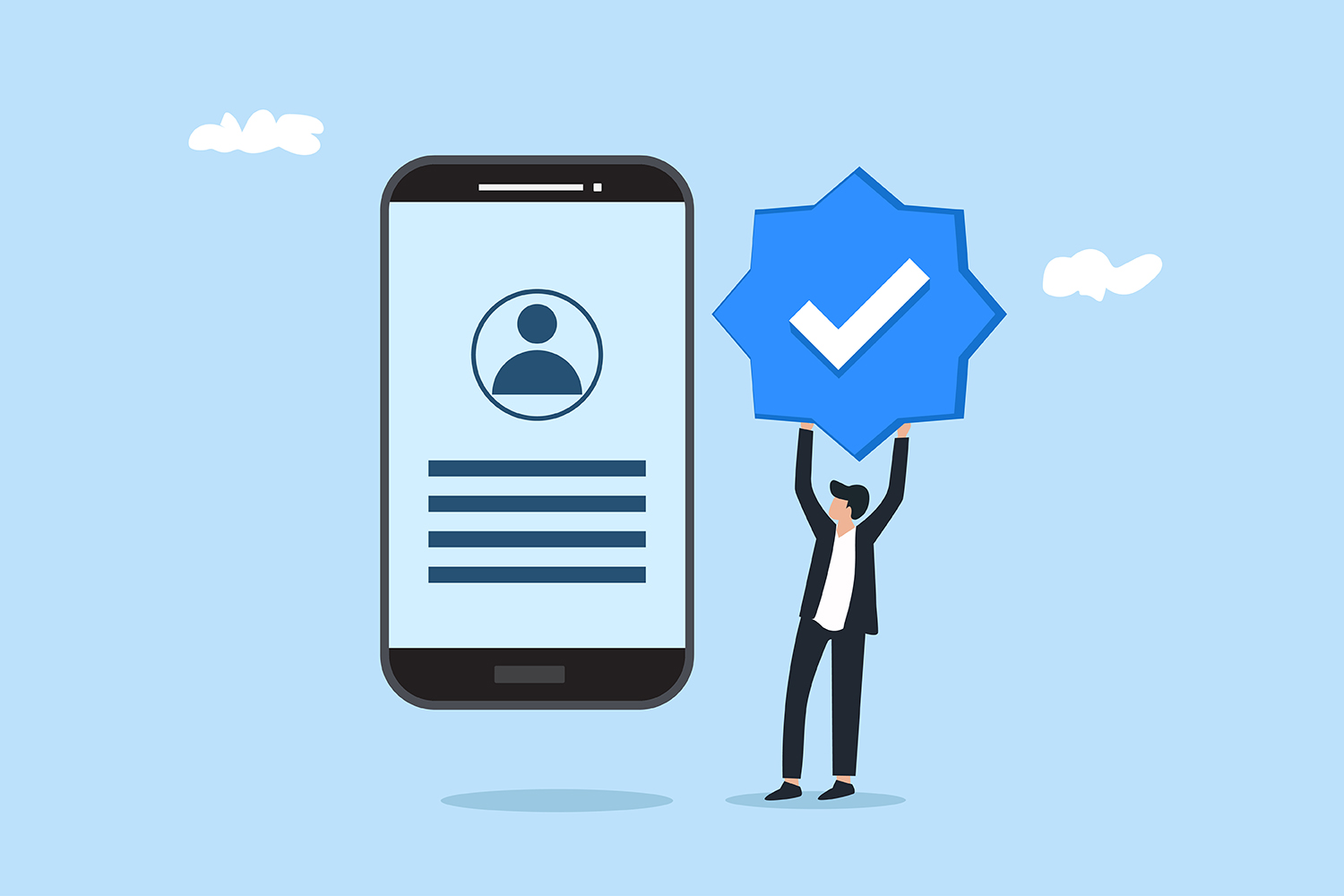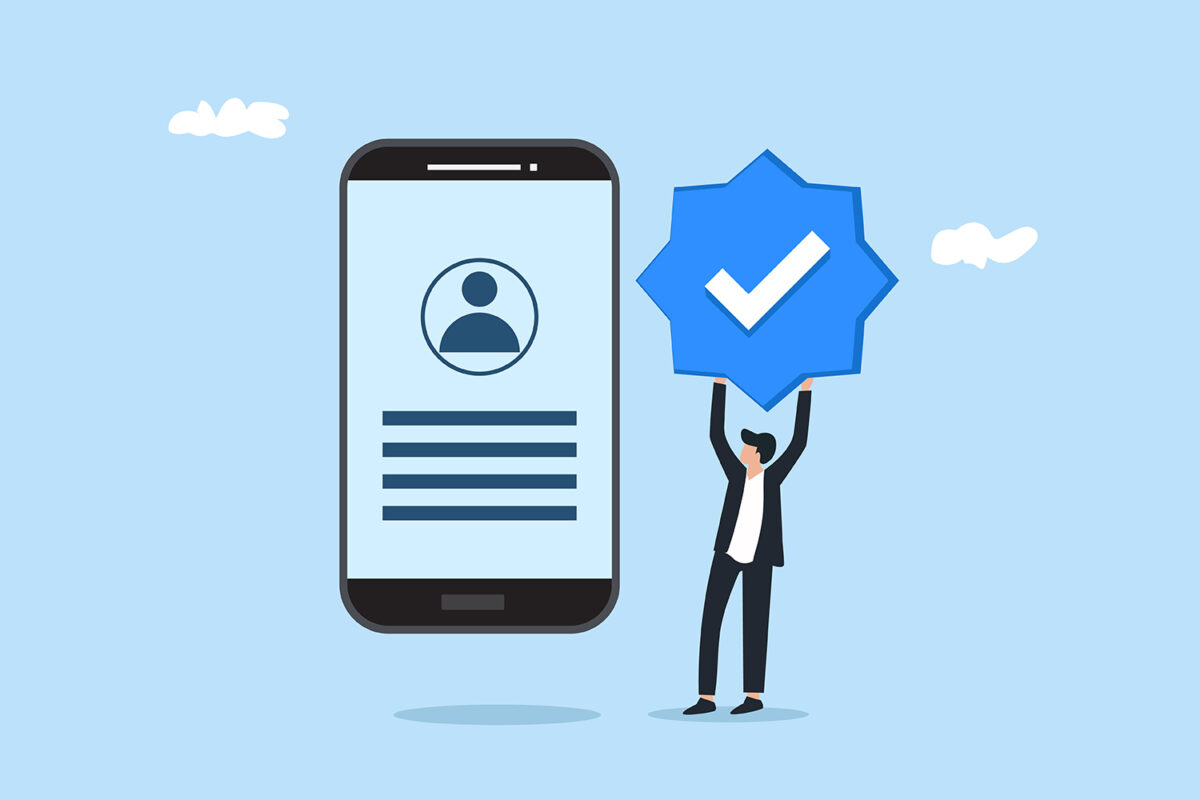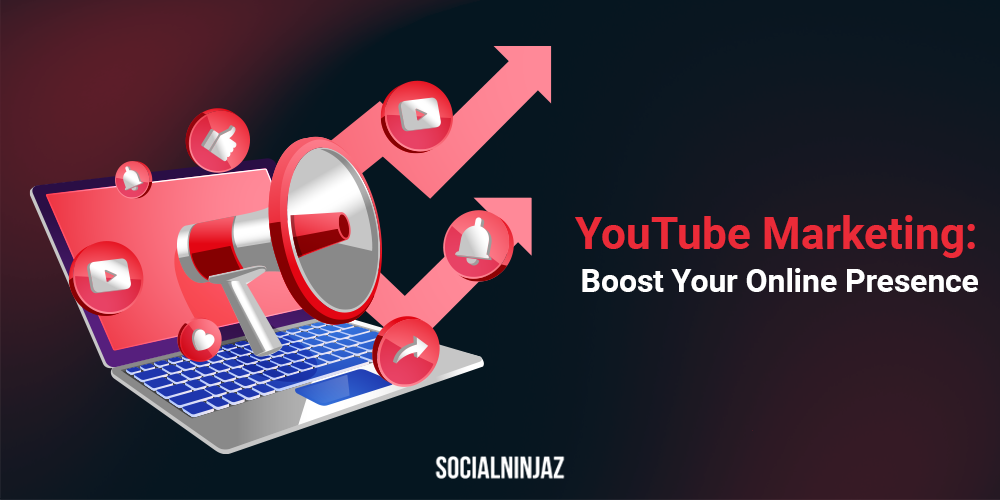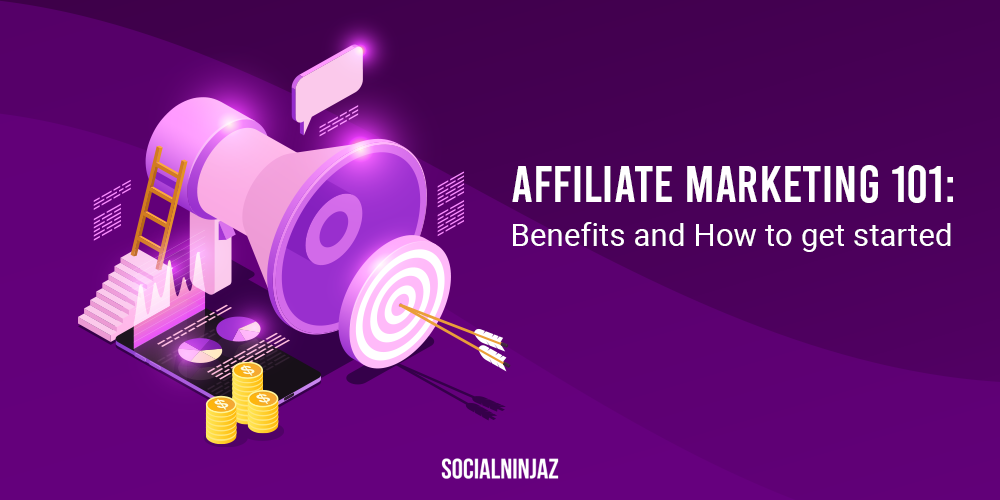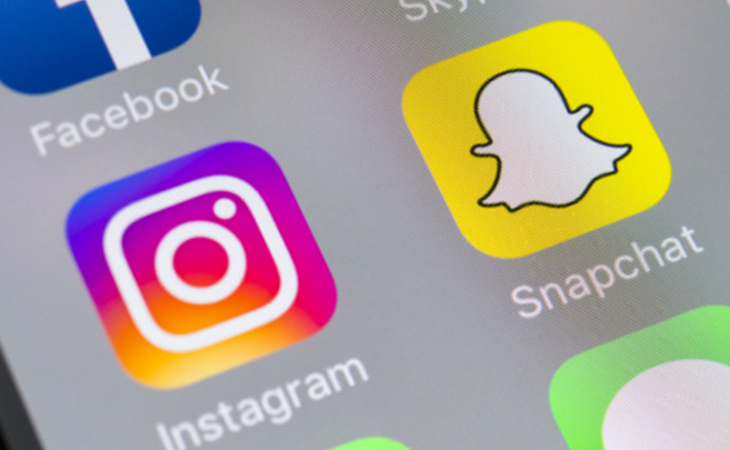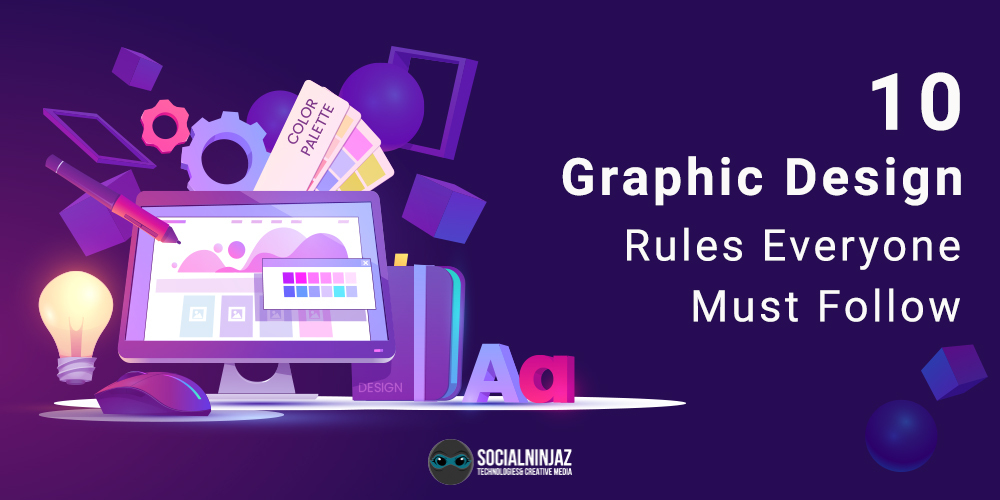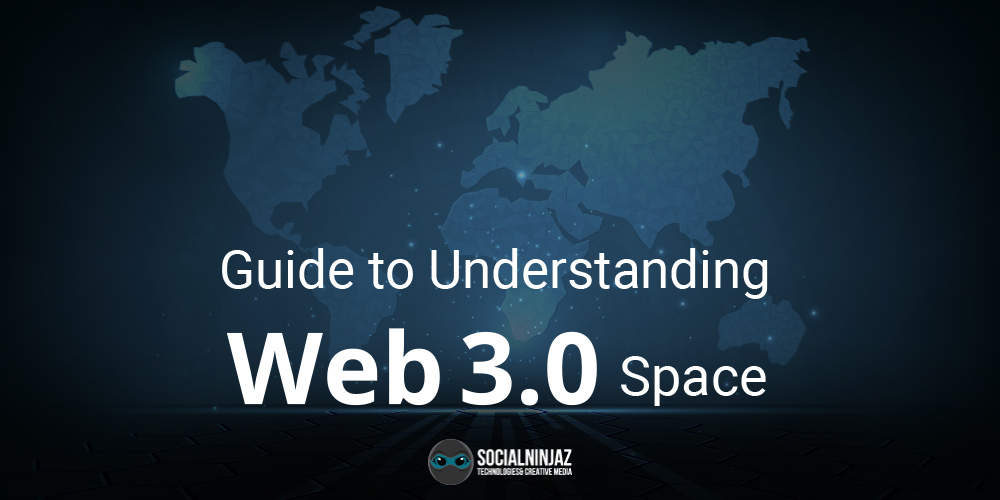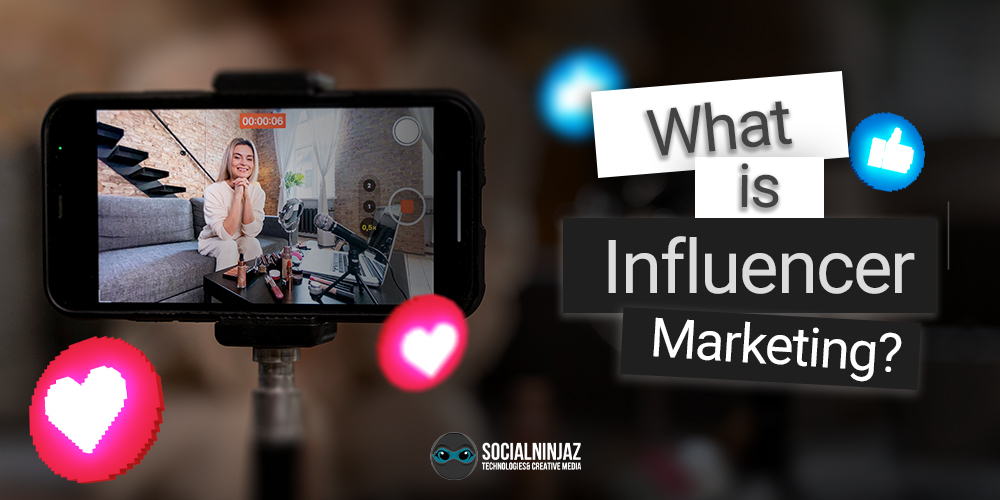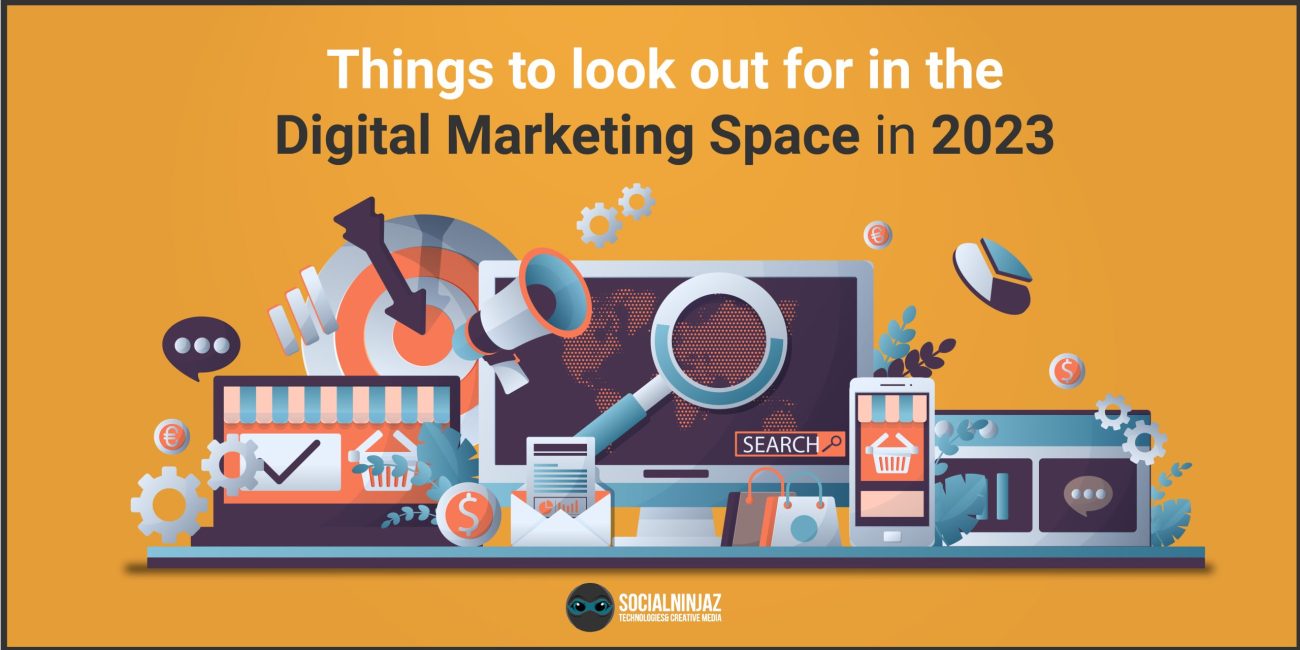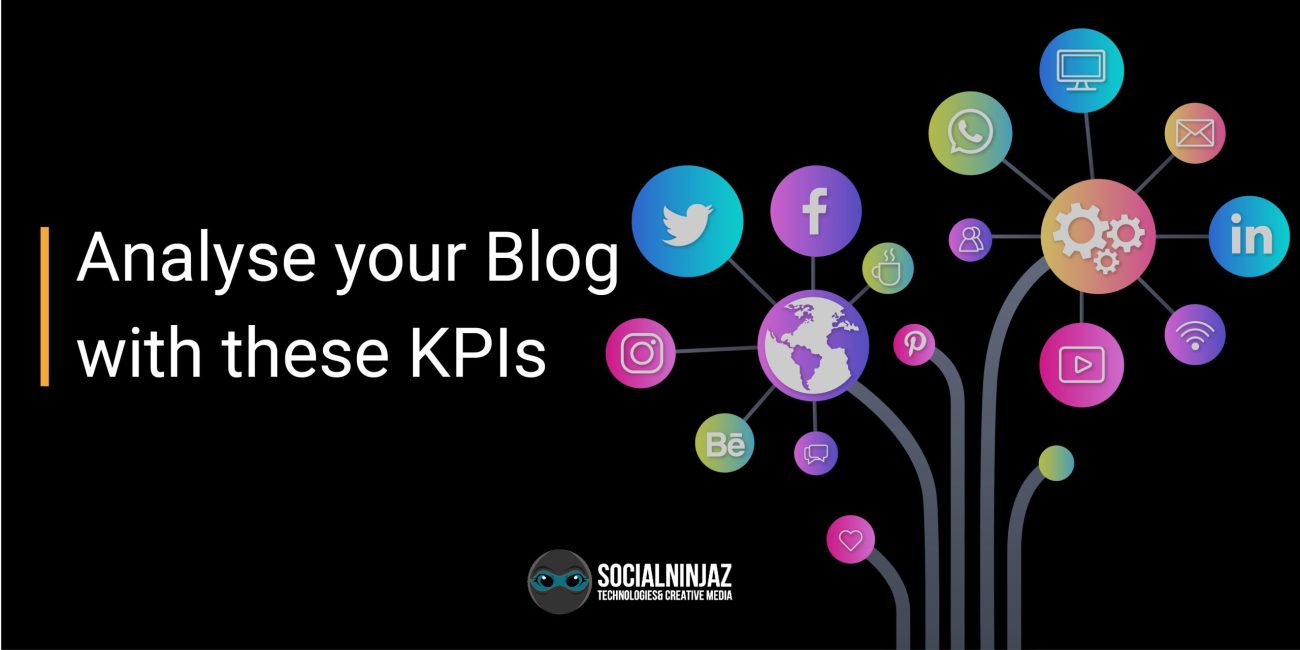Twitter verification has been a topic of discussion among social media enthusiasts for quite some time. The blue checkmark next to a username is considered a symbol of authenticity, prestige, and influence. However, the process of obtaining a verified account is not straightforward, leading to frustration and confusion among Twitter users. In this blog, we will explore the significance of Twitter verification, the benefits of having a verified account, and the challenges associated with the verification process.
Table of Contents
ToggleFirstly, what is Twitter Verification?
Twitter verification is the process of authenticating the identity of a user and adding a blue checkmark next to their name. This blue checkmark is intended to signify that the account is authentic. Twitter verification was introduced in 2009, primarily to prevent impersonation and misinformation. Initially, Twitter only verified accounts of public figures and celebrities, but over time, the platform has extended verification to include other categories of users, such as journalists, activists, and businesses.
What are the benefits of having a verified account?
Having a verified Twitter account has several benefits, which include
- Enhanced credibility
A verified account adds legitimacy and credibility to a user’s profile. It assures other users that the account belongs to the person or entity it claims to be.
- Improved visibility
They are more likely to appear in Twitter search results and recommendations, leading to increased visibility.
- Increased engagement
Compared to unverified accounts, verified accounts are likely to attract followers and receive higher engagement rates.
- Protection against impersonation
Verification protects users from impersonation and identity theft. A verified account assures other users that the information shared is from a genuine source.
- Access to new features
Twitter is constantly introducing new features that are only available to verified accounts. For example, verified accounts can filter their notifications to receive only mentions from other verified accounts.
Why is Twitter Verification Challenging?
Despite the benefits of having a verified account, acquiring one is not an easy task. The following are some of the challenges associated with getting verified on Twitter:
Subjective:
The criteria for verifying a Twitter account are not clear-cut, making the process subjective. Twitter’s verification guidelines indicate that the platform verifies accounts that are active, complete, and public, but it does not provide specific thresholds for follower counts or engagement rates.
Not transparent:
Twitter does not provide feedback to users who apply for verification but are unsuccessful. This lack of transparency can be frustrating for users who do not understand why their account did not meet the verification criteria.
Limited:
Twitter limits the verification process to certain categories of users, which excludes many legitimate users who do not fall into those categories. For example, small business owners or independent artists may not qualify for verification despite having a significant following.
Short term:
Twitter reserves the right to revoke a verified account’s status if it violates the platform’s terms of service. This lack of permanence can be frustrating for users who have invested time and effort into building their following and establishing their credibility.
What’s the fuss about Twitter Verification?
The fuss about Twitter verification stems from the challenges associated with obtaining a verified account. Twitter suspended its verification function in 2017 as it figured out how to enhance it. In 2021, they made it possible for anyone, regardless of follower count, to get verified. In late 2022, after Elon Musk purchased the social network, the corporation completely overhauled its authentication process. Anybody using Twitter Blue, the company’s membership service can now be verified using their phone number. This new application had some difficulties in its early days, with some users impersonating public officials and other influential people on social media.
Yet, Twitter appears to have worked out some of the issues with impersonation and false accounts; and the public is now aware that the verification badge may be connected with any account, not just prominent ones. Thus, the check mark’s perception has shifted.
In 2023, Twitter discontinued verification for users who were confirmed using Twitter’s historical verification scheme; only Twitter Blue accounts will be verified in the future.

